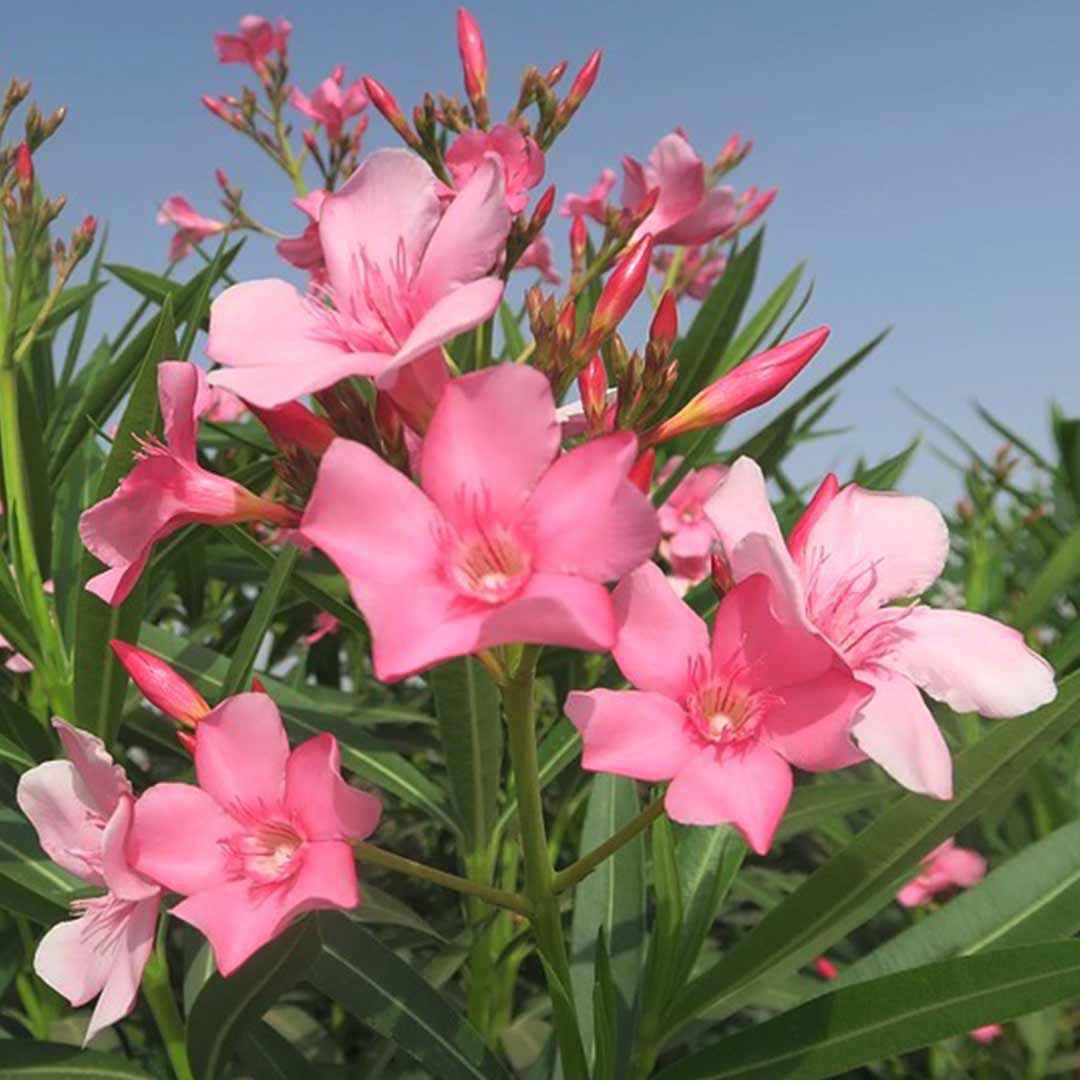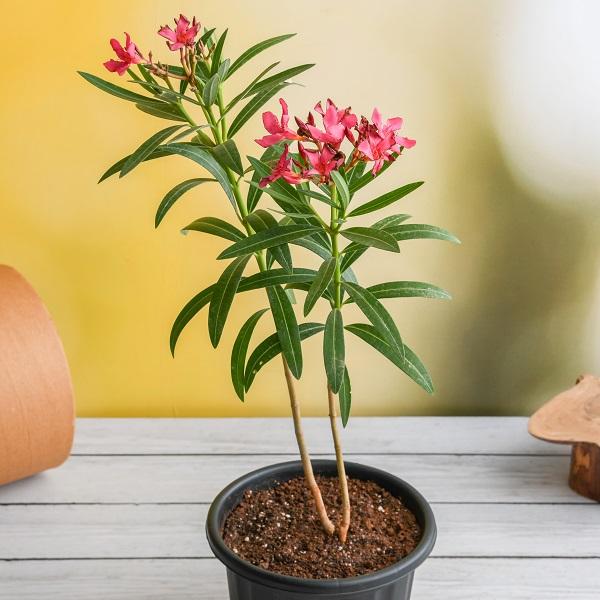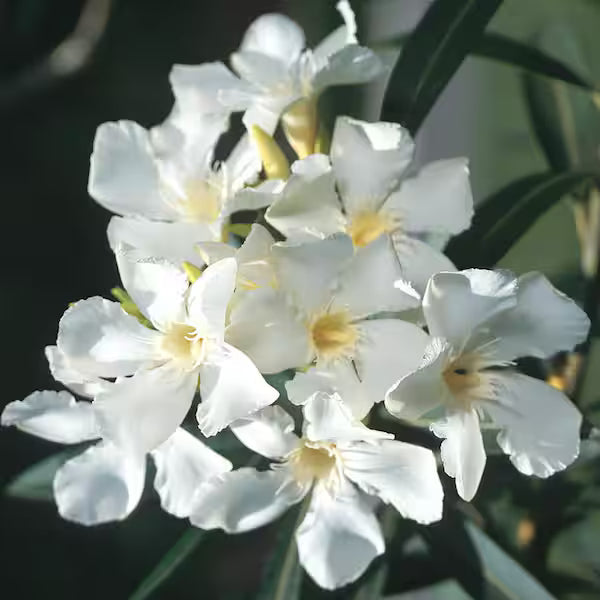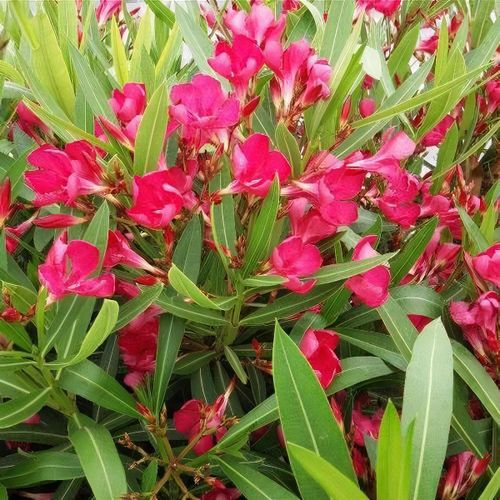Plantsden
oleander 1 to 2 feet in 6inch pot
oleander 1 to 2 feet in 6inch pot
Couldn't load pickup availability
🌿 Plant Care Guide
- 💡 Light: Bright sunlight for 4–6 hours daily
- 💧 Water: Regular; keep soil evenly moist
- 🌱 Soil: Fertile, well-draining potting mix
- 🌡️ Temperature: 18°C – 32°C
- 💨 Humidity: Moderate
- 🪴 Care Level: Moderate maintenance


Care Instructions
Care Instructions
Indirect sunlight, water twice a week
Product Description
Product Description
Oleander, scientifically known as Nerium oleander, is a well-known and widely cultivated evergreen shrub or small tree admired for its lush, leathery leaves and clusters of showy, fragrant flowers. Native to the Mediterranean region, oleander has found its way into gardens and landscapes around the world. Here's a description of the oleander plant:
Appearance:
-
Leaves: Oleander features lance-shaped to linear, dark green leaves that are glossy and leathery. The leaves are arranged in whorls along the stems and provide an attractive backdrop for the colorful flowers. It's important to note that all parts of the oleander plant, including the leaves, are toxic if ingested.
-
Flowers: The most notable characteristic of oleander is its profusion of funnel-shaped flowers that come in various shades, including white, pink, red, and occasionally yellow. These fragrant flowers are typically arranged in clusters at the tips of the branches and bloom prolifically during the warm months. Oleander's flowers can be single or double-petaled and are a source of beauty and fragrance.
Habitat and Growing Conditions:
-
Light: Oleander thrives in full sun, requiring abundant sunlight to produce abundant blooms. It can tolerate partial shade but may not flower as vigorously in such conditions.
-
Temperature: This plant is well-suited to warm and temperate climates. Oleander is sensitive to freezing temperatures and should be protected from frost. It's often grown as a container plant in regions with colder winters.
-
Watering: Oleander prefers well-drained soil and can withstand some drought. However, regular watering during dry spells is beneficial to maintain healthy growth and flowering.
-
Soil: Use well-draining soil, such as sandy or loamy soil, for oleander. Good drainage is crucial to prevent waterlogged roots.
Aesthetic Appeal: Oleander is highly valued for its vibrant and fragrant flowers, making it a favored choice for adding beauty and fragrance to gardens, parks, and landscapes. Its evergreen foliage provides a continuous backdrop of greenery, enhancing its appeal year-round.
Maintenance:
-
Pruning can be done to maintain the plant's shape and remove dead or damaged branches. Care should be taken during pruning, as all parts of the plant are toxic if ingested or cause skin irritation on contact.
-
Oleander may attract common garden pests such as aphids and scale insects. Regular inspection and appropriate treatments may be necessary to manage these issues.
-
It's essential to exercise caution with oleander due to its toxicity. Keep it out of reach of children and pets, and avoid contact with the sap.
In summary, oleander is a striking and fragrant evergreen shrub or small tree renowned for its beautiful, long-lasting flowers. With proper care and consideration of its specific requirements, oleander can flourish as an attractive and captivating addition to gardens and landscapes in regions with warm and temperate climates.
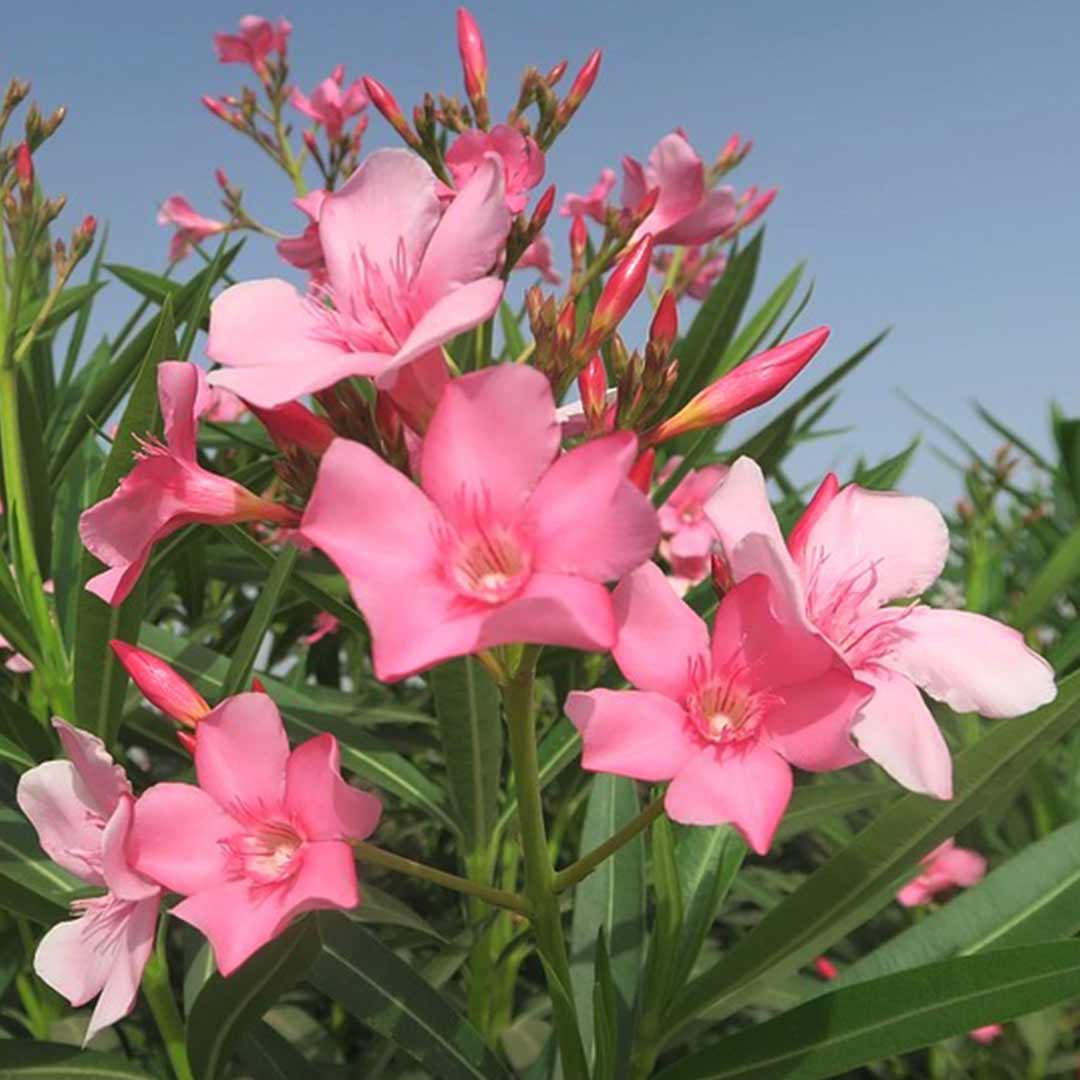
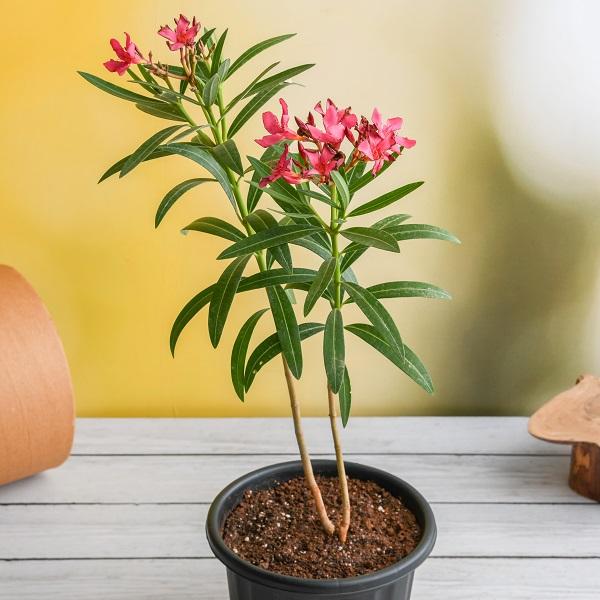
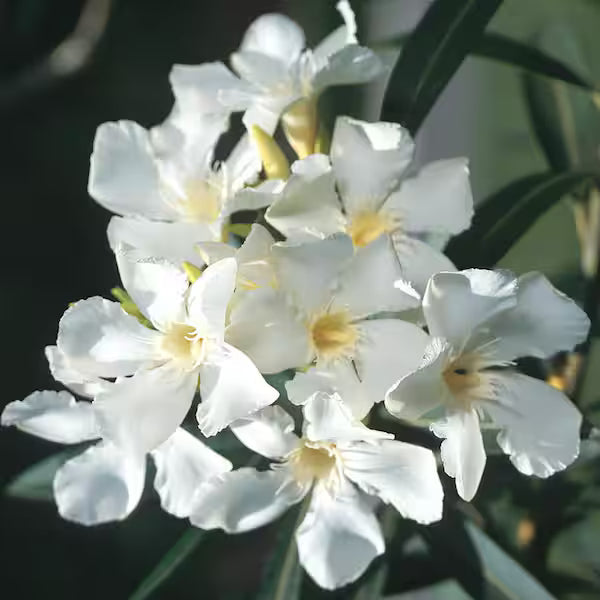
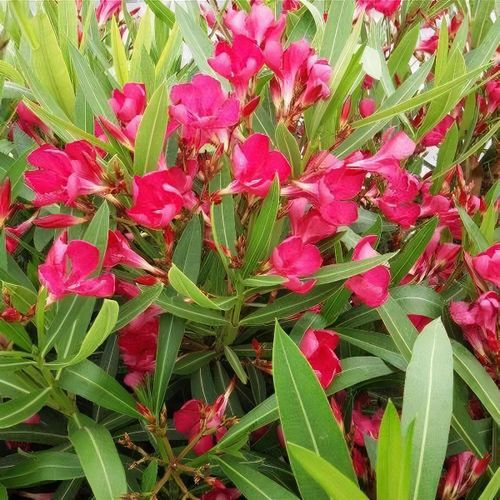
Why Choose PlantsDen?

Healthy & Fresh Plants
We provide well-nurtured plants ready to brighten your space.

Eco-Friendly Packaging
All plants are packed using recyclable, eco-safe materials.

Carefully Selected Varieties
We handpick unique and vibrant plants to enhance your home or garden.
What Our Plant Lovers Say 🌿
"My Fern arrived healthy and beautiful! Loved the packaging!"
- Aisha K.
"Excellent quality plants and super helpful care tips."
- Rohan M.
"Beautifully packed and delivered fresh — highly recommend!"
- Neha S.
"This is my third order — and they never disappoint!"
- Arjun P.
"The plants bring such a fresh vibe to my balcony!"
- Simran L.
"great product a must buy"

